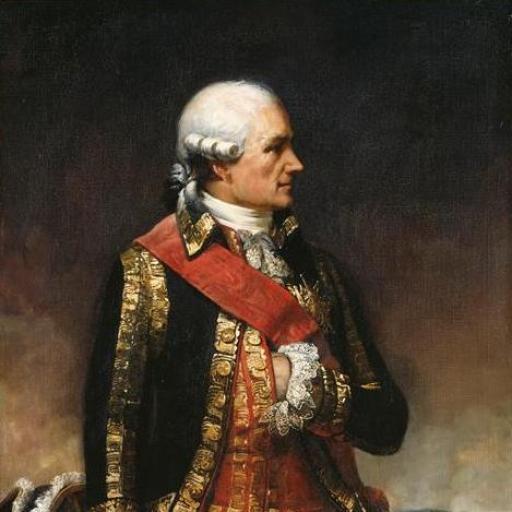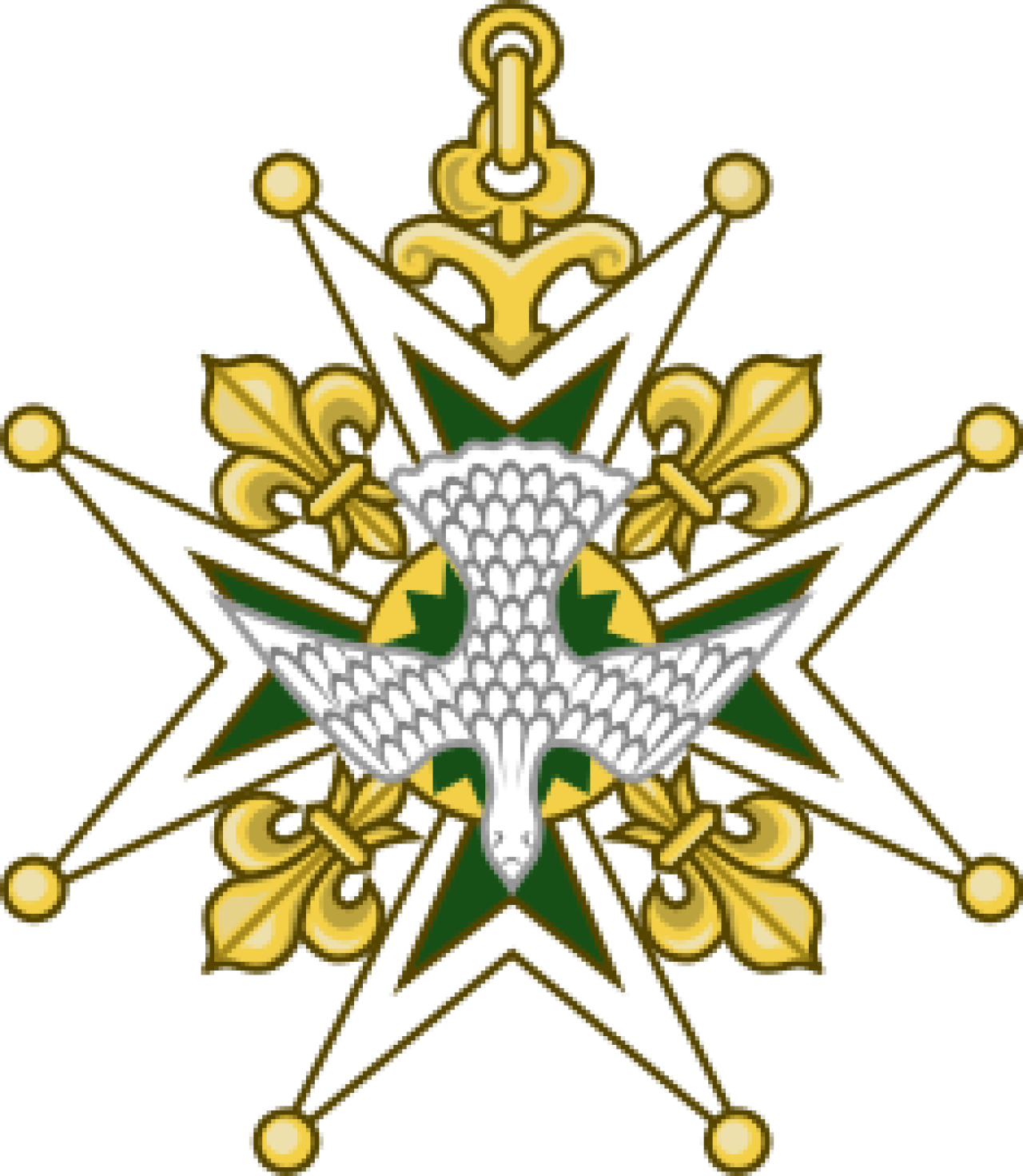Cross_of_the_Order_of_the_Holy_Spir...
Prior to the creation of the Order of the Holy Spirit in 1578 by Henri III, the senior order of chivalry in France had been the Order of Saint Michael. This order had originally been created to rival the Burgundian Order of the Golden Fleece, and to help ensure that leading French nobles remained loyal to the Crown. Its membership was initially restricted to a small number of powerful princes and nobles, but this increased dramatically due to the pressures of the Wars of Religion: at the beginning of the reign of Henry III, the order had several hundred living members, ranging from kings to bourgeois. Recognising that the order had been significantly devalued, Henry founded the Order of the Holy Spirit December 31, 1578- thereby creating a two-tier system: the new order would be reserved for princes and powerful nobles whilst the old Order of Saint Michael would be given to less eminent servants of the Crown. This Order was dedicated to the Holy Spirit to commemorate the fact that Henry was elected King of Poland (1573) and inherited the throne of France (1574) on two Pentecosts.
During the French Revolution the Order of the Holy Spirit was officially abolished by the French government along with all other chivalric orders from the Ancien Regime, although the exiled Louis XVIII continued to acknowledge it. Following the Restoration, the order was officially revived, only to be abolished again by the Orleanist Louis-Philippe following the July Revolution in 1830. Despite the abolition of the order, both the Orleanist and Legitimist pretenders to the French throne have continued to nominate members of the order, long after the abolition of the French monarchy itself.
During the French Revolution the Order of the Holy Spirit was officially abolished by the French government along with all other chivalric orders from the Ancien Regime, although the exiled Louis XVIII continued to acknowledge it. Following the Restoration, the order was officially revived, only to be abolished again by the Orleanist Louis-Philippe following the July Revolution in 1830. Despite the abolition of the order, both the Orleanist and Legitimist pretenders to the French throne have continued to nominate members of the order, long after the abolition of the French monarchy itself.



